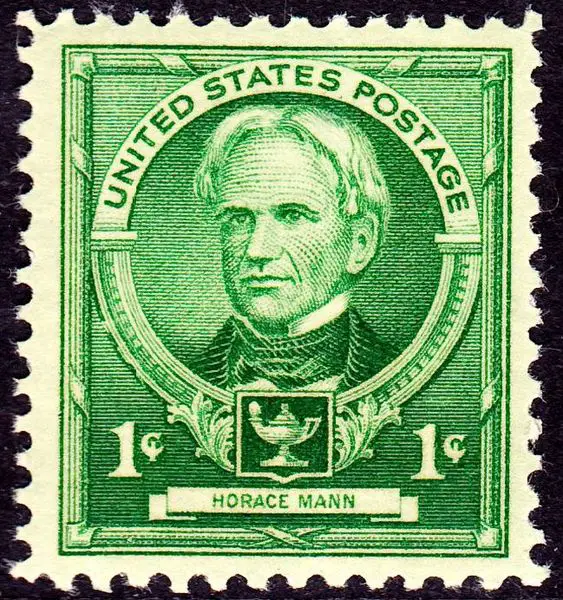Public Education
Education in the thirteen colonies was completely dependent upon where you lived, gender, race, and social class.
Most white males living in the middle and northern colonies received a basic education of reading and writing, but this was not always the case in the colonies further south.
Some of the religious institutions included education as part of their doctrine but it wasn’t until the 1800s that the concept of public education became more accepted.
- In the early 1800s private schools were limited to attendance by only those that were wealthy. Education reform was needed and Horace Mann is the one given credit for bringing the topic of state-sponsored public education to the forefront. His ideas included statewide curriculums as well as getting education financed through local property taxes. Mann began the common-school movement and had the power to get attention because he served in the Massachusetts House of Representatives and later in the Massachusetts Senate. He is called “the father of American Public education.”

Issue of 1940
- Mann’s platform for common-school education was by saying that education was the best way to change unruly kids into disciplined citizens. Most of those that are considered to be “modernizers” backed his ideas for public schools. His goal was to bring kids of all social classes together so that they could share in learning. His ideas weren’t popular with some in the upper social classes or some of those in the religious groups.
- Prior to Mann’s ideas, the few schools that existed were run by “student monitors.” These were children that had a little education and full control over all of the kids. Mann also established the “normal schools” which would be the place that teachers were trained.
- Public schools were called “common schools” and were usually a one-room school where children of all classes and religions could attend. The ages of the children that attended the common school were from 6-14 for grades 1 through 8. The days and months of attendance of the common school were set by the community’s agricultural needs. Kids were needed to help during times of harvest and the schools wouldn’t be in session during these times.
- Unlike private schools, common schools didn’t charge a tuition. The funding to pay for the schools came from local taxes. Common schools were available to all white children and were controlled by elected officials to the school board or county director.
- Horace Mann fought against including any religious teachings in common schools as well as the popular physical punishment that children received in the Calvinist religious movement. He supported the creation of Webster’s “Blue Backed Speller” and then the “McGuffey Readers” for reading, spelling, and math instruction. The idea of kindergartens for the very young and gymnasiums for athletics was brought to America by German immigrants.
- Mann introduced the idea of assigning different learning by age and grades. He took the concept from the Prussian method of schooling. When the children progressed through each grade going on to secondary school and would finally finish and would “graduate” with a certificate of completion from the common school.
- Education for Black Americans during the early 1800s was limited. Most Black children received in-home education from one of their family members or friends that were educated. Most southern states only allowed the education of Black slaves if the white owner gave permission.
- When the Civil War ended the Freedmen’s Bureau set up around 1,000 schools for Black children in the south. Both children and parents were eager to get their kids an education and the results were that over 90,000 freedmen were public school students as 1865 ended. Later laws would remove the race factor from anyone attending a public school.
Q&A:
Who brought the idea of kindergartens and gymnasiums to America?
German immigrants
What do people call Horace Mann?
The father of American public education
What did Mann found to train teachers for public schools?
Normal schools
How did Mann change the idea of the one-room school?
Created grades based on ages and the secondary school concept
What organization created educational schools for Black children?
Freedmen’s Bureau
Before Horace Mann introduced public education, who usually received an education?
The wealthy



